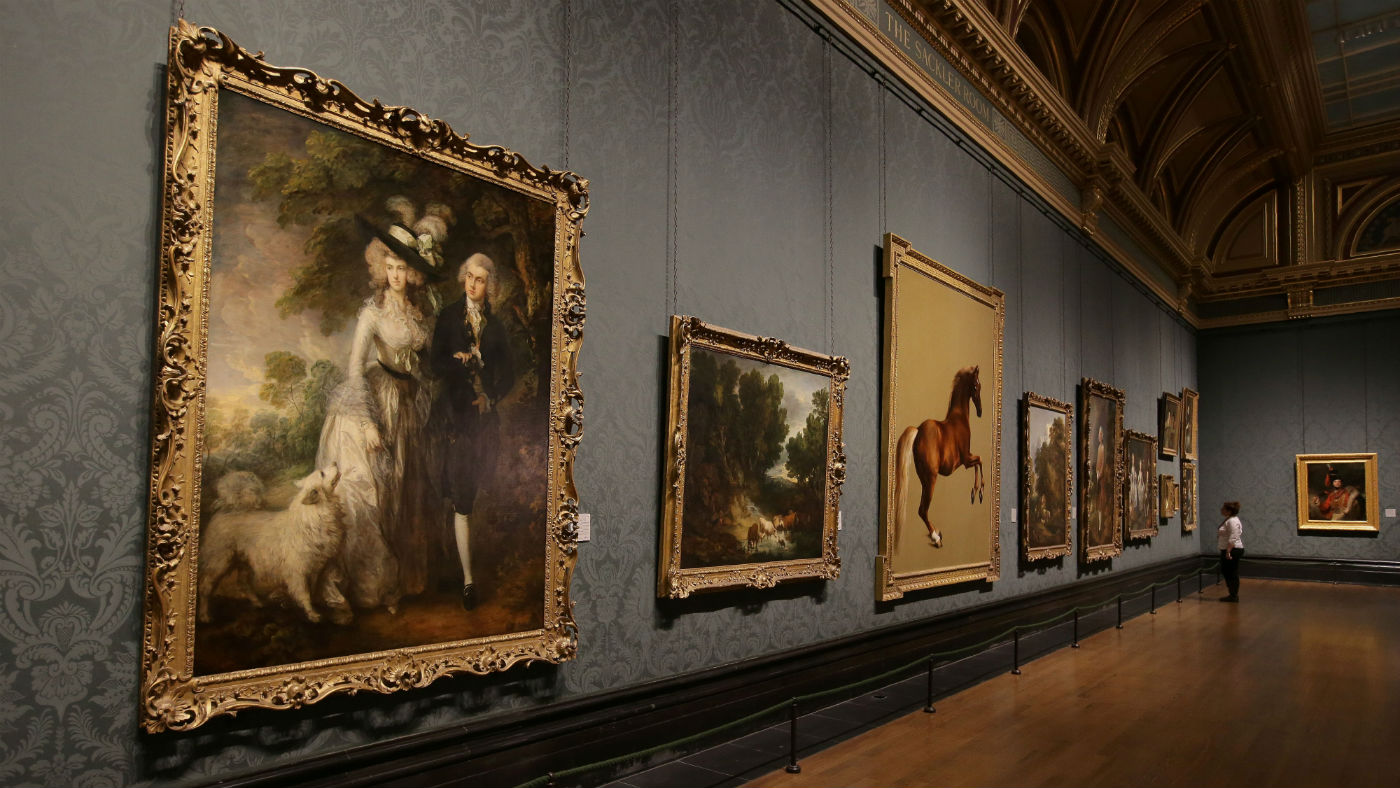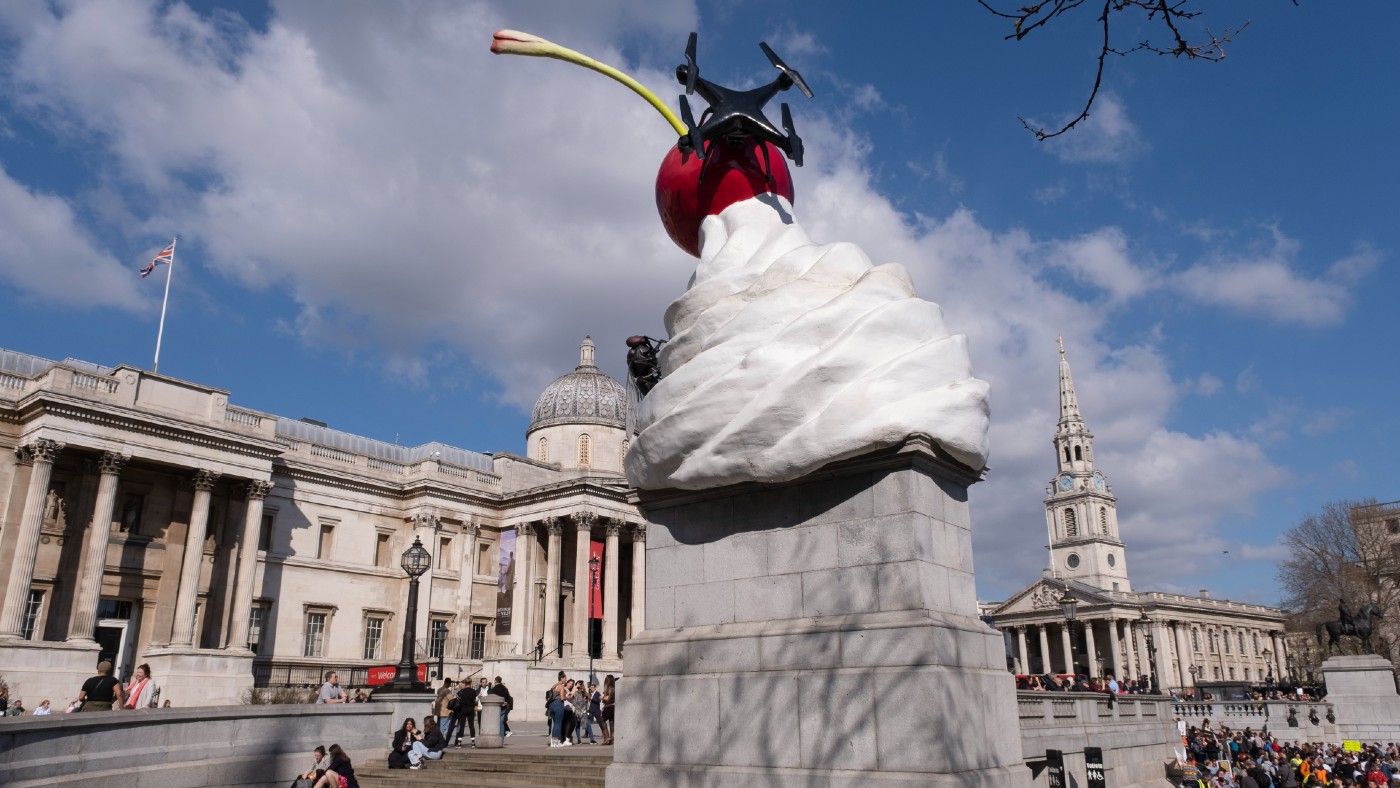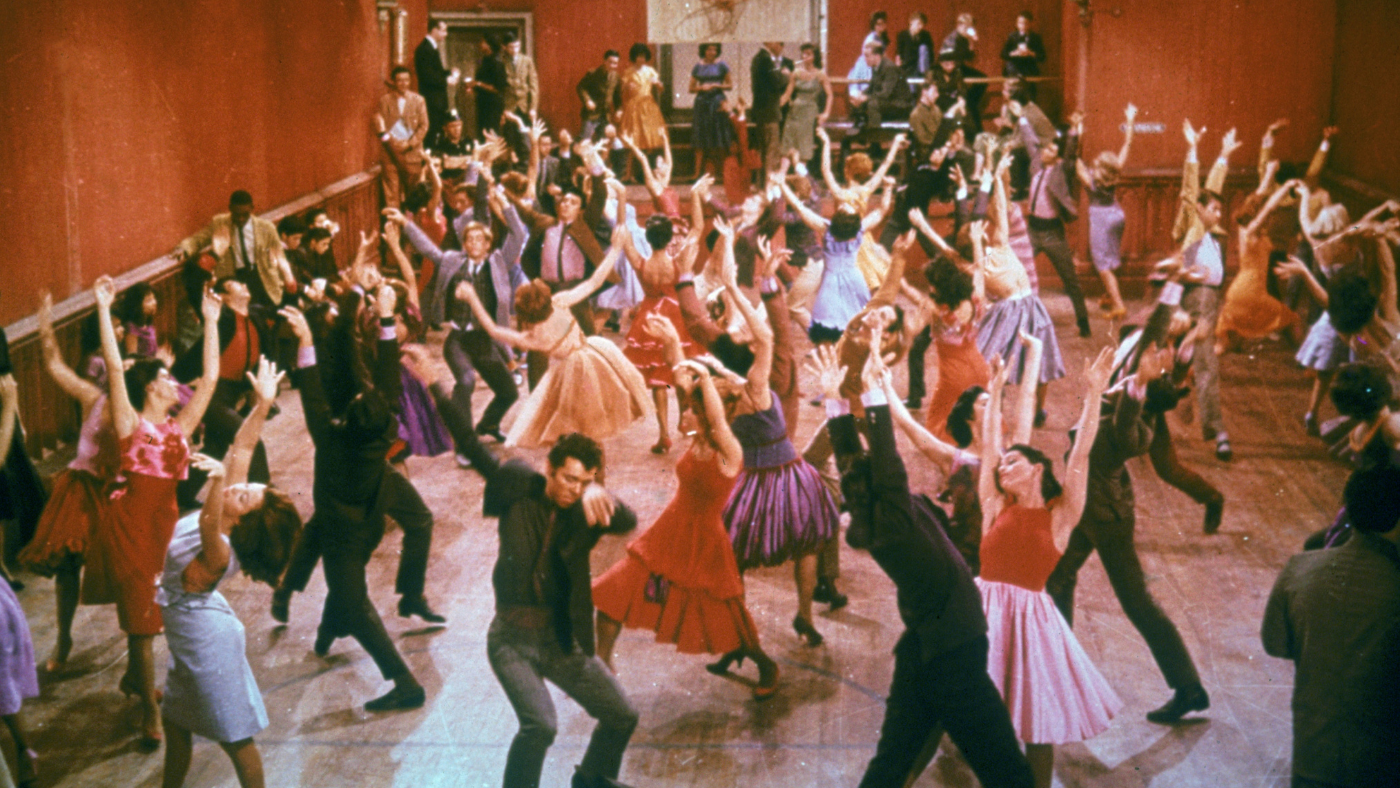'Thrilling' Thomas Gainsborough sketches found at Windsor Castle
Sketches by 18th century artist wrongly attributed to another painter for more than 100 years

More than two dozen sketches by 18th century artist Thomas Gainsborough have been discovered at Windsor Castle.
Experts had attributed the works, part of the Royal Collection, to another artist, Sir Edwin Landseer, for more than a century, the BBC reports. They had been kept in a bound volume in the Print Room at the castle since 1874.
Art historian Lindsay Stainton, who made the discovery, told the BBC she had seen photographs of the black-and-white chalk sketches in the 1990s and considered them "Gainsborough-esque".
The Week
Escape your echo chamber. Get the facts behind the news, plus analysis from multiple perspectives.

Sign up for The Week's Free Newsletters
From our morning news briefing to a weekly Good News Newsletter, get the best of The Week delivered directly to your inbox.
From our morning news briefing to a weekly Good News Newsletter, get the best of The Week delivered directly to your inbox.
It wasn't until later re-examination that she realised one of them was a study for a 1748 Gainsborough painting called Cornard Wood.
Further study revealed they were all his work.
"It's thrilling," she told the BBC. "It's the very best collection of Gainsborough's early drawings in existence."
Rosie Razzall, curator of prints and drawings at the Royal Collection, agreed, saying: "We're very much convinced that these are an important group of early drawings by Thomas Gainsborough.
A free daily email with the biggest news stories of the day – and the best features from TheWeek.com
"It's an extremely significant discovery. It means we are able to re-appraise the early work of Gainsborough."
Both women noticed that the study for Cornard Wood bares striking similarities to another Gainsborough work in the British Museum, with noticeable fold lines and oil stains that also offer clues about how the artist worked.
Lines on the drawing also reveal his "squaring up" technique for transferring the study composition to the main painting, which was "a perfect match" when superimposed onto the final version.
Art historian James Hamilton told The Guardian that relatively few of Gainsborough's early landscape drawings have survived. The new finds revealed the artist "at his most inquisitive and energetic", he added.
-
 Shots fired in the US-EU war over digital censorship
Shots fired in the US-EU war over digital censorshipIN THE SPOTLIGHT The Trump administration risks opening a dangerous new front in the battle of real-world consequences for online action
-
 What will the US economy look like in 2026?
What will the US economy look like in 2026?Today’s Big Question Wall Street is bullish, but uncertain
-
 Alaa Abd el-Fattah: should Egyptian dissident be stripped of UK citizenship?
Alaa Abd el-Fattah: should Egyptian dissident be stripped of UK citizenship?Today's Big Question Resurfaced social media posts appear to show the democracy activist calling for the killing of Zionists and police
-
 Sport on TV guide: Christmas 2022 and New Year listings
Sport on TV guide: Christmas 2022 and New Year listingsSpeed Read Enjoy a feast of sporting action with football, darts, rugby union, racing, NFL and NBA
-
 House of the Dragon: what to expect from the Game of Thrones prequel
House of the Dragon: what to expect from the Game of Thrones prequelSpeed Read Ten-part series, set 200 years before GoT, will show the incestuous decline of Targaryen
-
 One in 20 young Americans identify as trans or non-binary
One in 20 young Americans identify as trans or non-binarySpeed Read New research suggests that 44% of US adults know someone who is transgender
-
 The Turner Prize 2022: a ‘vintage’ shortlist?
The Turner Prize 2022: a ‘vintage’ shortlist?Speed Read All four artists look towards ‘growth, revival and reinvention’ in their work
-
 What’s on TV this Christmas? The best holiday television
What’s on TV this Christmas? The best holiday televisionSpeed Read From films and documentaries to musicals for all the family
-
 Coco vision: up close to Chanel opticals
Coco vision: up close to Chanel opticalsSpeed Read Parisian luxury house adds opticals to digital offering
-
 Abba returns: how the Swedish supergroup and their ‘Abba-tars’ are taking a chance on a reunion
Abba returns: how the Swedish supergroup and their ‘Abba-tars’ are taking a chance on a reunionSpeed Read From next May, digital avatars of the foursome will be performing concerts in east London
-
 ‘Turning down her smut setting’: how Nigella Lawson is cleaning up her recipes
‘Turning down her smut setting’: how Nigella Lawson is cleaning up her recipesSpeed Read Last week, the TV cook announced she was axing the word ‘slut’ from her recipe for Slut Red Raspberries in Chardonnay Jelly